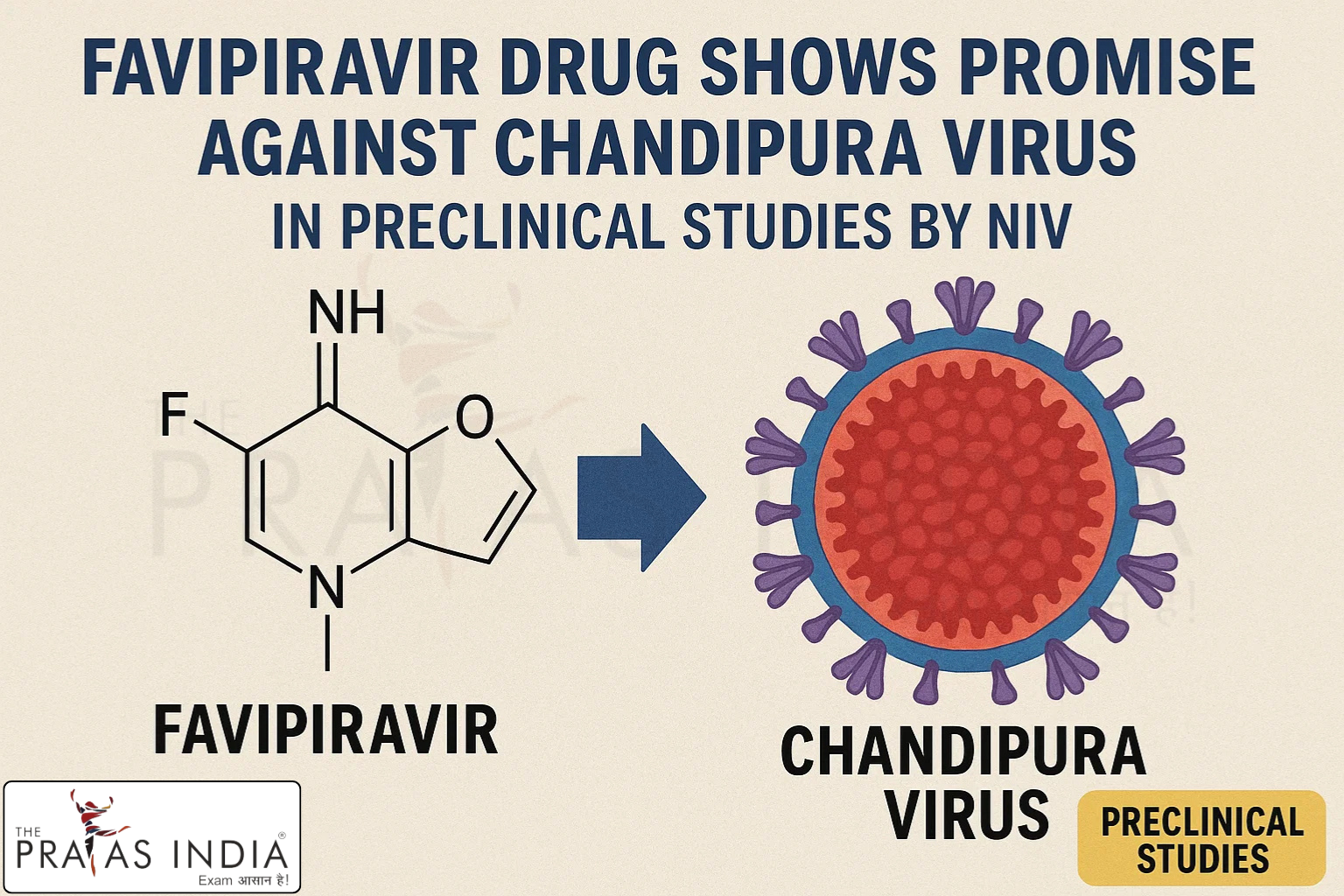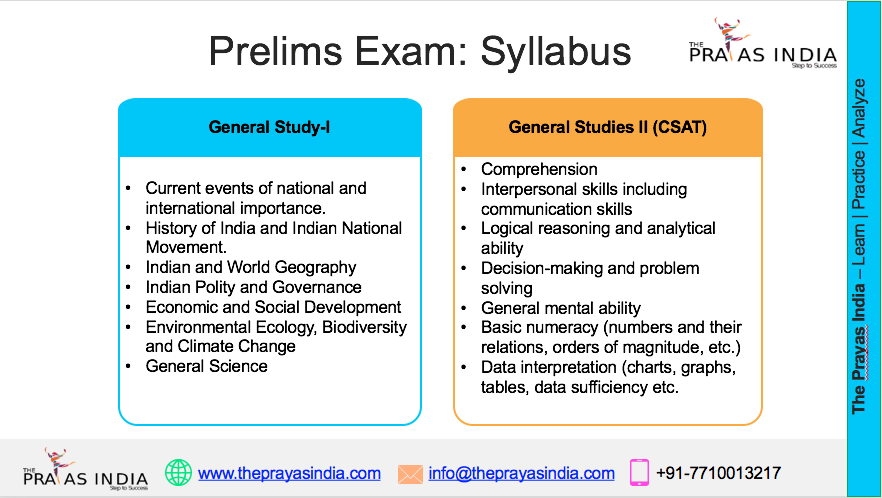Favipiravir Shows Promise Against Chandipura Virus: A New Hope in India’s Fight Against Encephalitis
In a significant medical breakthrough, scientists at the National Institute of Virology (NIV), Pune, have found that the antiviral drug Favipiravir has shown strong potential in combating the Chandipura virus in preclinical studies. The findings have brought renewed hope in India’s ongoing fight against one of the lesser-known yet deadly viruses affecting children, particularly in central India.
This discovery could mark a turning point in managing encephalitis outbreaks, which have caused multiple fatalities over the years. The study represents a critical step toward finding a targeted therapy for the Chandipura virus, a pathogen with no specific antiviral treatment.

🦠 What is the Chandipura Virus?
The Chandipura virus (CHPV) is a member of the Rhabdoviridae family and was first identified in 1965 in Chandipura village, Maharashtra. It causes acute encephalitis, especially in children, with a rapid onset of symptoms such as fever, seizures, and coma. Outbreaks have primarily occurred in Madhya Pradesh, Maharashtra, Gujarat, and Odisha, often leading to a high case fatality rate.
Due to its rapid progression and lack of treatment, CHPV has remained a serious public health concern, particularly in resource-poor settings.
💊 What is Favipiravir?
Favipiravir is a broad-spectrum antiviral drug that gained attention during the COVID-19 pandemic. Originally developed to treat influenza, the drug works by inhibiting viral replication. It has shown activity against a range of RNA viruses and is already approved in some countries for emergency use.
Given its safety profile and mechanism of action, researchers at NIV explored its application against CHPV—and the early results are promising.
🔬 Preclinical Study Insights
In the NIV’s preclinical trials, Favipiravir was tested on animal models, and the results showed a high survival rate in subjects exposed to the Chandipura virus. This marks the first time a drug has demonstrated such effectiveness in controlled experiments against CHPV.
While the drug has not yet been approved for treating Chandipura virus in humans, these findings serve as the foundation for further clinical trials. If successful, Favipiravir could become the first targeted therapy for this virus, potentially saving countless lives in outbreak-prone regions.
⚕️ Why This Matters for India
India has witnessed repeated outbreaks of Chandipura virus in children under the age of 15, often in rural and tribal regions where healthcare access is limited. The lack of a vaccine or antiviral drug has left public health authorities with few options beyond symptomatic treatment and vector control.
Favipiravir’s success in preclinical trials provides:
-
✅ A potential emergency-use drug during outbreaks
-
✅ Stronger epidemic preparedness in affected districts
-
✅ Hope for a dedicated antiviral protocol for CHPV
It could also enhance India’s Virology research capabilities and position the country as a leader in combating neglected viral diseases.
📘 Relevance for UPSC and Other Exams
For aspirants preparing for UPSC, State PCS, and medical entrance exams, this development connects with multiple key areas:
GS Paper III – Science and Technology
-
Developments in medical science and pharmaceuticals
-
Public health systems and virology research in India
-
Government institutions like ICMR and NIV
GS Paper II – Governance
-
Health policy and epidemic management
-
Role of R&D in improving healthcare delivery
-
International collaboration in health crises
Essay & Interview
-
India’s response to emerging viral threats
-
Integrating innovation in rural healthcare systems
✅ Conclusion
The NIV’s preclinical success with Favipiravir against the Chandipura virus marks a critical milestone in India’s medical research journey. As further trials progress, the hope is that this antiviral could be scaled for field use, offering protection and treatment where it’s needed most.
At The Prayas India, we are committed to helping aspirants stay updated with such impactful scientific and health developments—translating news into insights, and insights into success.


![Prayas-लक्ष्य [UPSC CSE Target] The Prayas India](https://theprayasindia.com/wp-content/uploads/2021/08/Prayas-लक्ष्य-UPSC-CSE-Target-The-Prayas-India-300x167.png)

![Prayas Pre-भेदश [UPSC CSE Prelims Test Series] The Prayas India](https://theprayasindia.com/wp-content/uploads/2021/08/Prayas-Pre-भेदश-UPSC-CSE-Prelims-Test-Series-The-Prayas-India-300x167.png)










